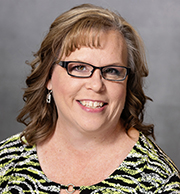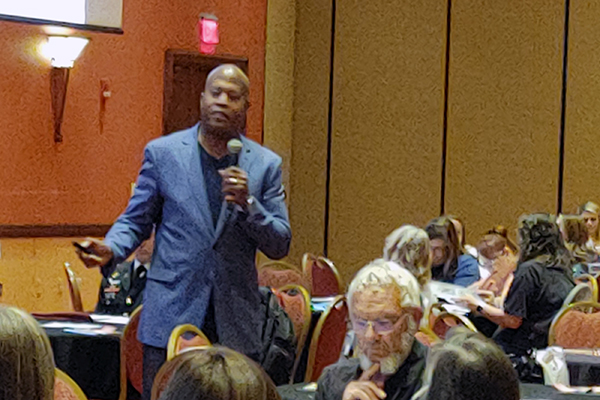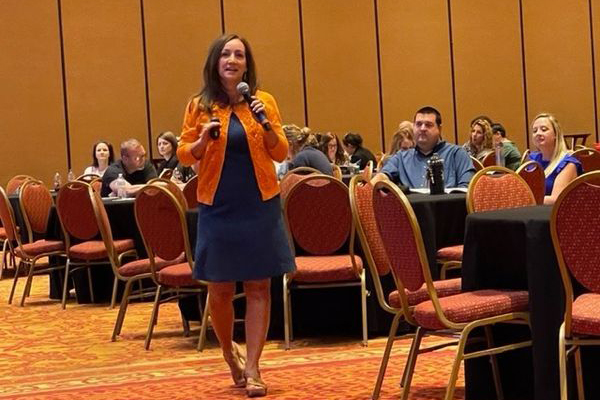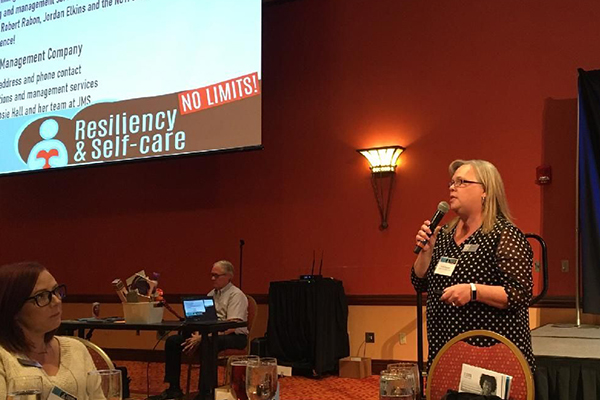
Prevention, Leadership and Advocacy for the School Counselor
By Christi Sturgeon | November 2022
 Benjamin Franklin said, “An ounce of prevention is worth a pound of cure” in a letter praising Philadelphia’s efforts in 1733 to prevent fires, because rebuilding was so much more difficult than prevention. I wonder how he might use that phrase if he were talking about the work school counselors do in 2022. Sometimes it feels like we are just putting out fires, but if we are really about making change, it is on us to create programming that will address issues before they become a crisis.
Benjamin Franklin said, “An ounce of prevention is worth a pound of cure” in a letter praising Philadelphia’s efforts in 1733 to prevent fires, because rebuilding was so much more difficult than prevention. I wonder how he might use that phrase if he were talking about the work school counselors do in 2022. Sometimes it feels like we are just putting out fires, but if we are really about making change, it is on us to create programming that will address issues before they become a crisis.ASCA’s position statement says that we will work collaboratively to create a preventive counseling program that identifies early warning signs of potential harmful or risky behavior our students may be participating in, and that we will develop culturally sensitive supports to address those behaviors and promote resilience and success. The question is, how do we go about this work?
Because of staffing or funding shortages, high caseloads, assigned tasks that are inappropriate for school counselors and many other challenges, it is very easy to get caught up in crisis management and allow that to overrun the day. However, prevention implies planning ahead and utilizing research-based teaching tools that have a proven track record in helping students be prepared for challenges and for the decisions they have to face. It’s ultimately about school counselor leadership and advocacy; working with your site administration, teachers, students and parents to determine what issues your community is facing and how to help increase skills to effectively meet the challenges.
Elementary counselors may be talking about what safety looks like with kindergartners and first graders and how to determine if someone is a trusted adult, or how to develop friendships and resolve conflict in upper elementary, while also collecting data to help determine students at risk for middle school difficulties. Middle school counselors may be talking with students about positive and healthy relationships, risky behaviors, social media safety or the importance of setting goals, but they may also work to collect important early indicators of dropout or substance use risk to communicate to the high school counseling team. High school counselors may be talking with students about preparation for college, soft skills needed for college and career and how to regulate emotions when they are disappointed, angry or when they do not get what they desire. There are many issues and topics, but it is important to collaborate with your staff to determine needs for your school.
Prevention starts small, maybe with building your advisory council and hearing the concerns of students, teachers, parents and other important stakeholders. You might move into utilizing a needs assessment completed by teachers, parents and/or students to give you an idea of what your particular community is facing and how your program can be built to provide support. When you have data to back you up, this becomes a tremendous advocacy tool as it starts to show the benefit of your prevention efforts. The best thing you can do is to be intentional with your programming – purposeful, planned, data driven and specific. Then, share your data with your team as you work through your program as an advocacy tool so your site begins to better understand your role and how that benefits the entire school. Your work is important! I think Benjamin Franklin would be very proud of the work school counselors are doing to create positive change in their communities.
Christi Sturgeon is a school counselor in Broken Arrow Public Schools and was named Oklahoma School Counselor of the Year for 2021–22. She served on the former Superintendent’s Counselor Advisory Council and now is OSCA president. Contact her at csturgeon.oksca@gmail.com.
Call for Volunteers!
Please let us know if you are interested in serving on one of our committees. We would love to hear from you! Please fill out this form if interested.Scenes from OSCA’s Annual Conference, October 2–3, 2022




